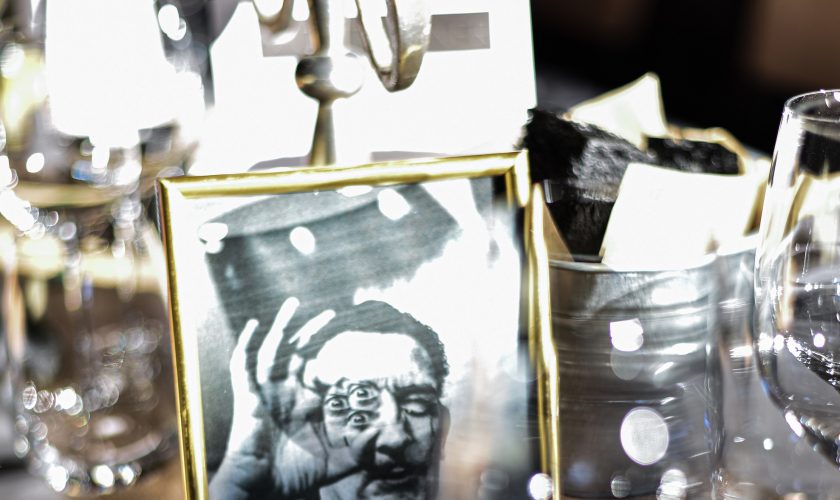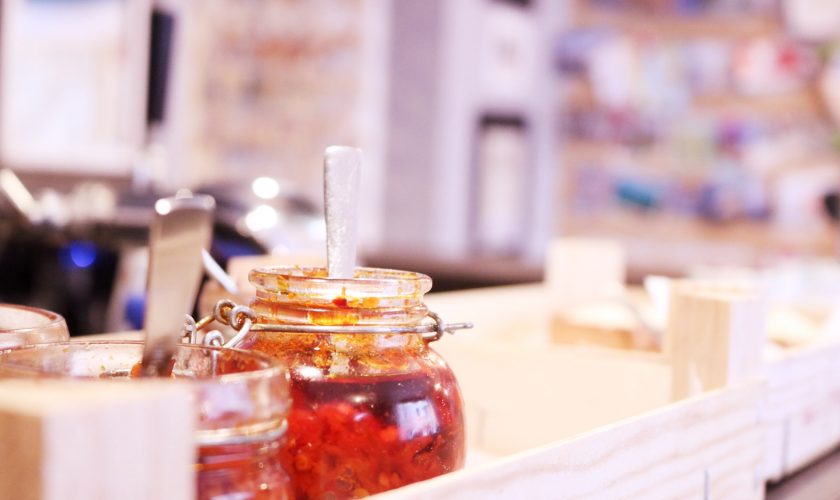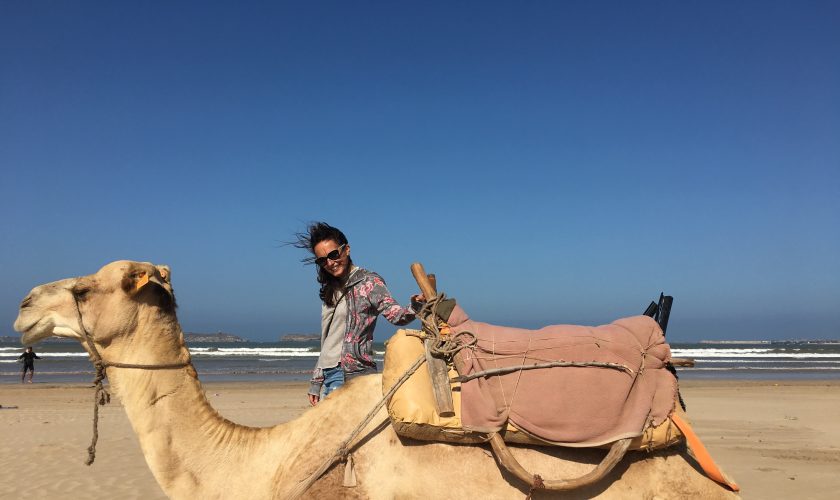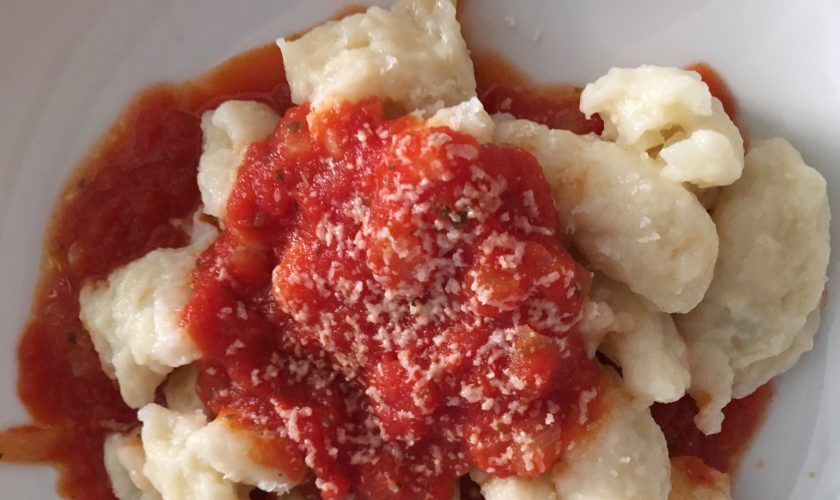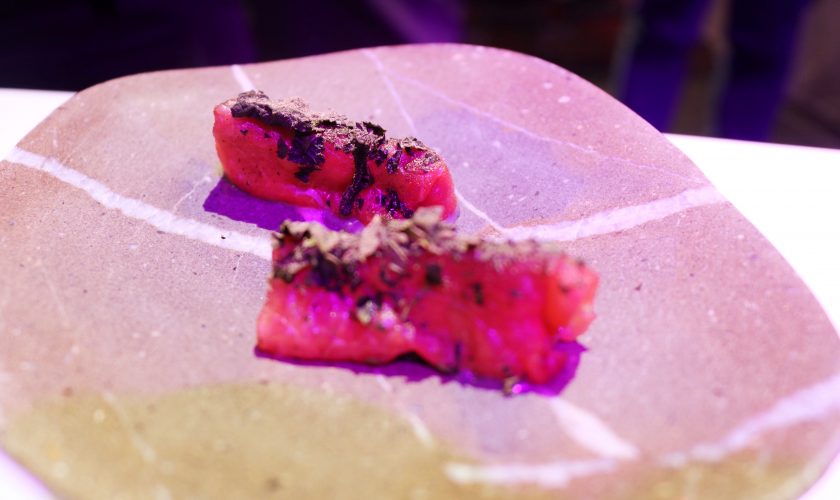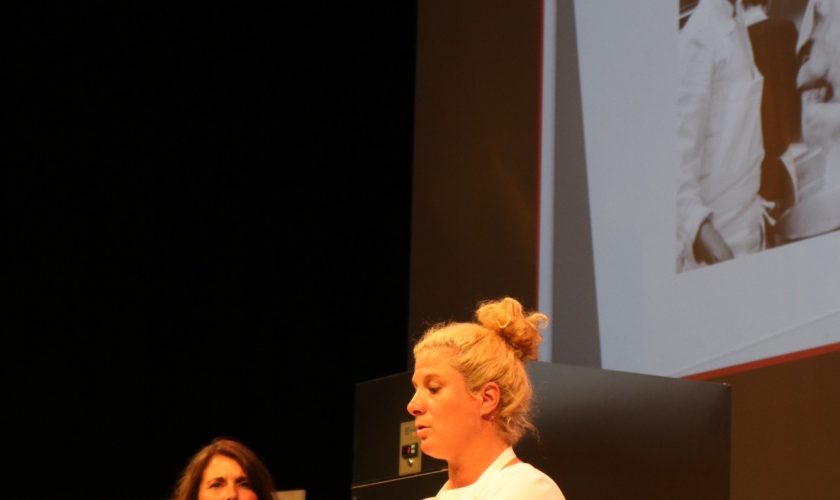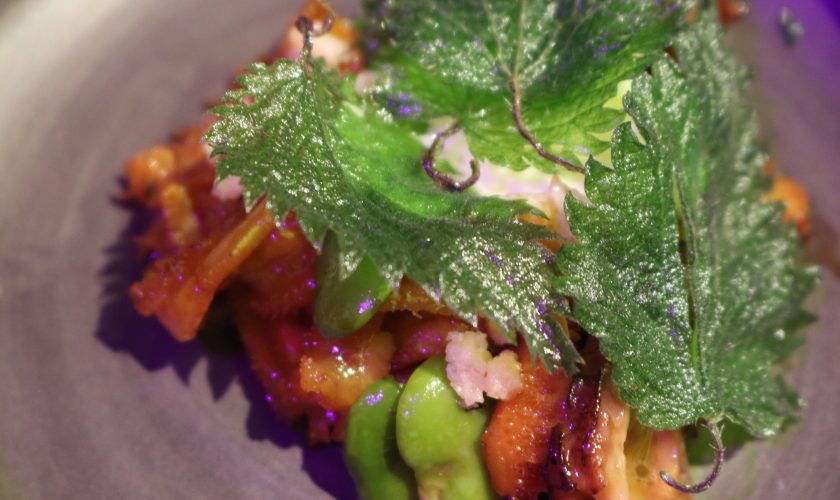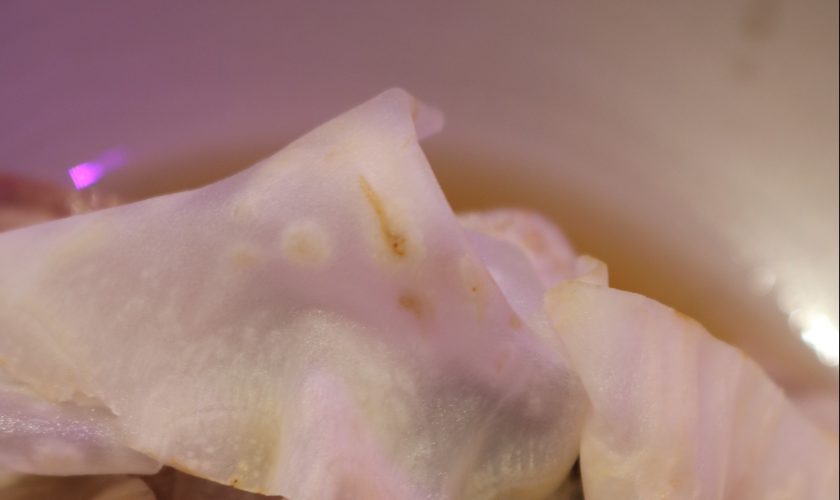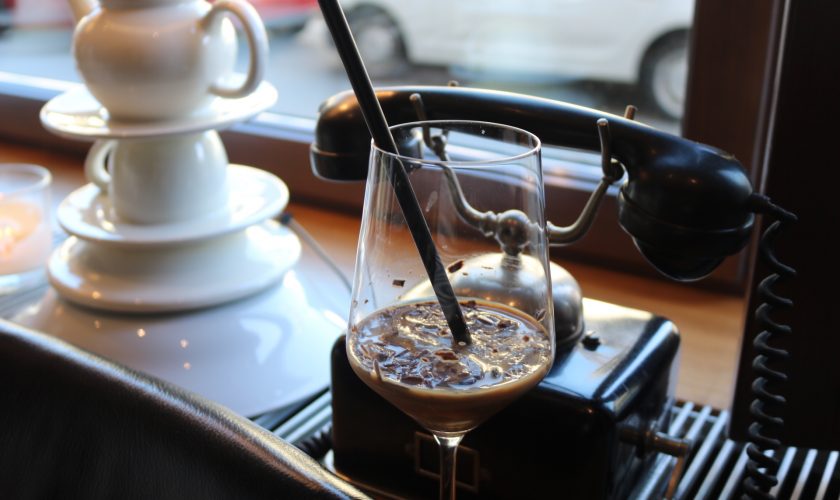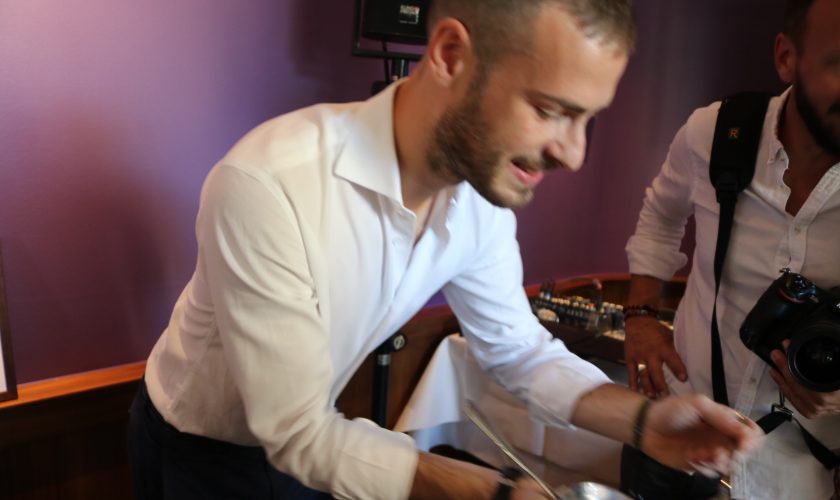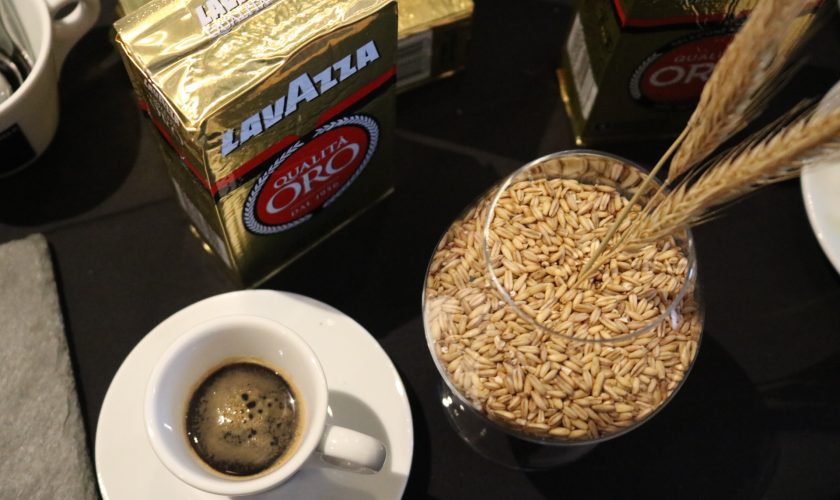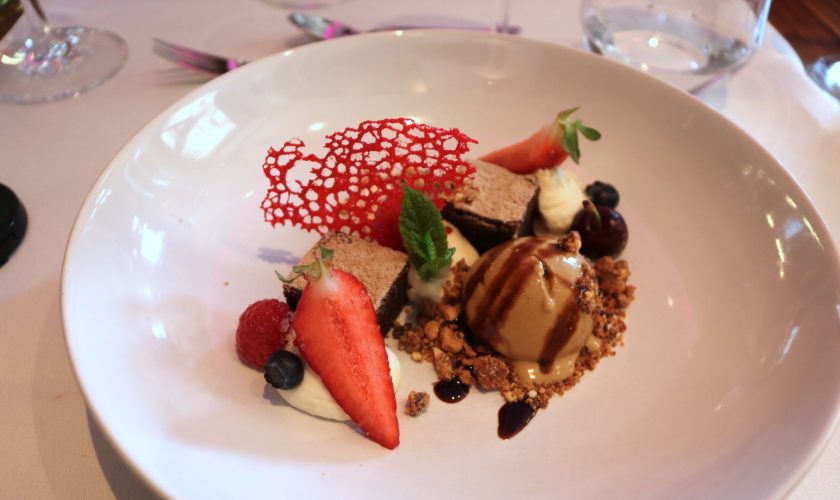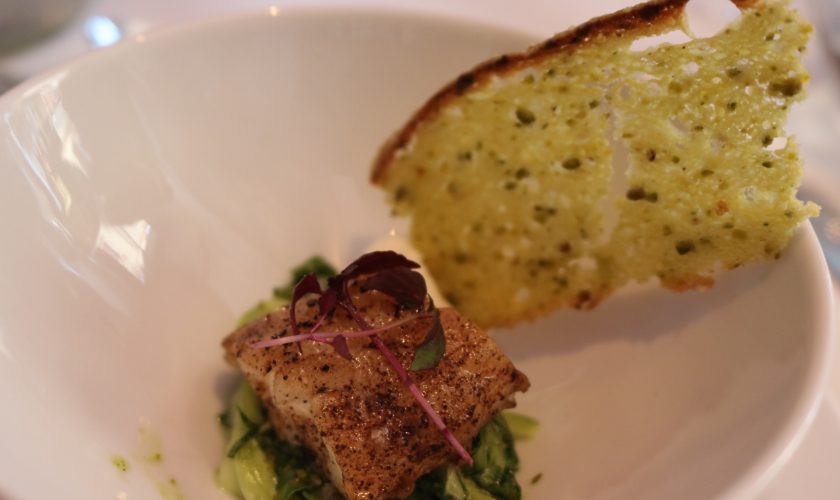Here come my 5 favourite Pizzerias in Zurich!
What makes a Neapolitan pizza special?
Where everything began – the invention of Margherita Pizza
Back in time, the ancient Greeks were the first ones to top flatbreads with tasty ingredients. The term ‘pizza’ came up near Rome or Naples (depending on who you like to trust) around 1000 AD. This is why we differentiate between Neapolitan and Roman Pizza. Later more about this. By the 18th century, pizza had become a cost-effective way of feeding the peasantry. The Italians discovered a new fruit brought over from the New World. So easily the humble tomato made its way onto this traditional flatbread. We are all happy about this accident since then the Pizza is desired on the whole planet. We cannot think it out of our plates.
Queen Margherita and King Umberto back in 1889 influenced their personal Chef to create a Pizza showing the Italian flag. The green comes with the basil, the red with the tomatoes and the white by using mozzarella. He named the pizza after the monarch, that is how we got today’s Margherita pizza!
What is an authentic Neapolitan Pizza?
Most know a pizza with a thin-to-medium crust and soil, this is the so-called Roman Pizza. It tends to be crunchier than the pizza in Naples. The Roman-style dough is typically left to rise for about three or four days, then baked at 500°F-600°F — much cooler than the temperature in which Neapolitan pizza is cooked (at least 800 F°). When it comes to a thicker, soft and elastic crust that is easy to fold (also named pizza al portafoglio), we talk about the Neapolitan Pizza. There is a governing body called the ‘True Neapolitan Pizza Association’ (TNPA) that keeps the standards of true Neapolitan pizza alive.
Only the Pizza Margherita and Pizza Marinara are regarded as authentic Italian pizzas. The Marinara comes with tomato, garlic, oregano, extra virgin olive oil and possibly basil. The Margherita exceptionally with certified mozzarella di bufala cheese or fior di latte mozzarella. A Place where you get delicious fior di latte Mozzarella is the Ristorante Più at Schiffbau for example.
By reading all of this Pizza knowledge you may understand, that pizza is not equal to pizza. It is a really complex topic. In the end, your stomach and eyes will decide. I promise you, that these three spots will make it difficult for you, to return to other standards.
5 places to get Neapolitan quality pizza in Zurich
Pizzeria & Friggitoria Margheri
Do you like it molto buono and truly original? The pizza at Margheri is made strictly according to the guidelines of the Associazione Verace Pizza Napoletana. Chef pizzaiolo Gianluca Biondo has plenty of years of experience and serves in my opinion the perfect pizza Napoletana! Something you really need to try as a starter is their Campanian street food!
My recommendation: Pizza “MARGHERÌ D.O.P.” that comes with pomodoro, parmigiano, bufala, pomodorini, basilico, olio evo and Grana Padano! Do you smell the Mediterranean taste? The tomato sauce of their pizza tastes like a fresh south Italian tomato! The fried starters are a must-try: Go for the cuoppo napoletano misto di fritto where you get 2 of every starter. My absolute favorite one is the frittatina (Bucatini, carne macinata, piselli, parmigiano, provola).
Opening hours: Monday closed– Tuesday – Thursday: 11.30–14.30 / 18.00–22.30 , Friday: 11.30–14.30 / 18.00–23 .00, Saturday: 18.00–23.00, Sunday: 18.00–22.30
Address: Limmatstrasse 273, 8005 Zurich
Ristorante Più Schiffbau
My recommendation: Pizza Bufala (tomato sauce, Bufala mozzarella, basil). The place I found the mozzarella is really juicy and fresh. The dough they prepare at Più gets enough time to rest, at least 48 hours, this makes the dough ideal to digest. The restaurant is spacious and really lovely for a date. Get the whole food experience here on my food guide. The staff is always welcoming you with a smile, that’s why I really appreciate it a lot coming here.
Costs: Pizzas start with CHF 17 (Marinara) to CHF 27
Opening hours: Tuesday – Thursday: 11.30–14.00 / 18.00–22.30, Friday: 11.30–14.00 / 18.00–23.00, Saturday: 18.00–23.00, Sunday: 12.00–22.30, Monday: closed
Address: Hardstrasse 259, 8005 Zürich
Ristorante Pizzeria Napulé, Zollikon
My recommendation: Pizza Salsiccia con Friarelli. A combination of ingredients and flavours that make your palate dance!
The Pizzaiolo World Champion Raffaele Tromiro suggests the simple Marinara Pizza! Did you know why it is called so? In Napoli, all fishermen used to eat this pizza, due to its quantity of tomato sauce it stays fresh for a while! Welcome to the original Neapolitan Pizza in town prepared by the Pizzaiolo World Champion Raffaele Tromiro and his staff. Good news for all the ones that like to enjoy the delicacy in Zurich City: there is a takeaway spot close to Bellevue where you can get your takeaway pizza every day. Lots of the used ingredients such as flour, tomatoes or mozzarella are all original and imported from the region of Napoli. This makes its taste 100% distinctive from many other pizzas. Find two more restaurants in the region, one in Zollikon and one in Meilen.
Costs: Pizzas start with CHF 22 for a Marinara Pizza – 37 CHF for the Mortadella & Pistacchio one.
Opening hours: Napulé Zollikon: Monday – Sunday 11:30 – 14:00 h, 18:00 – 22:00 h
Address: Alte Landstrasse 94, 8702 Zollikon
Pizzeria San Gennaro
My recommendation: Prosciutto & Funghi. Best selection of fresh ingredients, not overloaded with mozzarella. The pizzeria moved to Schlieren as of Oktober. The pizza is authentic Neapolitan style. I liked the consistency of the dough very much! The rising time of at least 48 hours and the pizzas make them perfect to digest, they are baked at a temperature of 450° for no more than 90 seconds for perfect consistency!
Costs: Pizzas start from CHF 18 (Napoli) to CHF 26.50 (Pizza San Gennaro Fior di latte, salsiccia, parmiggiano, basilico)
Opening hours: Monday – Friday: 11:30 – 14:00 / 17:30 to 23:00, Saturday – Sunday: 11:30 to 23:00
Address: Kesslerstrasse 7, 8952 Schlieren
Pizzeria Ribelli
Have you been at 25 Hours Hotels Zurich West yet? Located only a few tram stops away from Hardbrücke this is the home of modern living spaces, clubs and also the Pizzeria Ribelli. If you are looking for truly original Italian flavours such as the Prosciutto Crudo Parma DOP 24 months or the Mozzarella di Bufala DOP on your pizza, this spot is a must-try! The ingredients are of high quality and selected directly from Italy! Also, their dough rests for at least 48 hours. The warm and colourful interior of the Ribelli Restaurant is designed by the Swiss architect Alfredo Häberli and offers the perfect atmosphere for lunch or dinner.
My recommendation: The “Giro Pizza” offers you a taste of various pizzas to share according to the choice of their pizzaiolo! Costs 29 CHF / person.
Costs: Pizzas start with CHF 18 for a Marinara Pizza – 29.50 CHF for the Tartufo pizza.
Opening Hours: 18.00 – 24.00 h
Address: At 25hours Hotel Zürich West – Pfingstweidstrasse 102 – 8005 Zurich
Are you in the mood for more food suggestions? Find them here!








